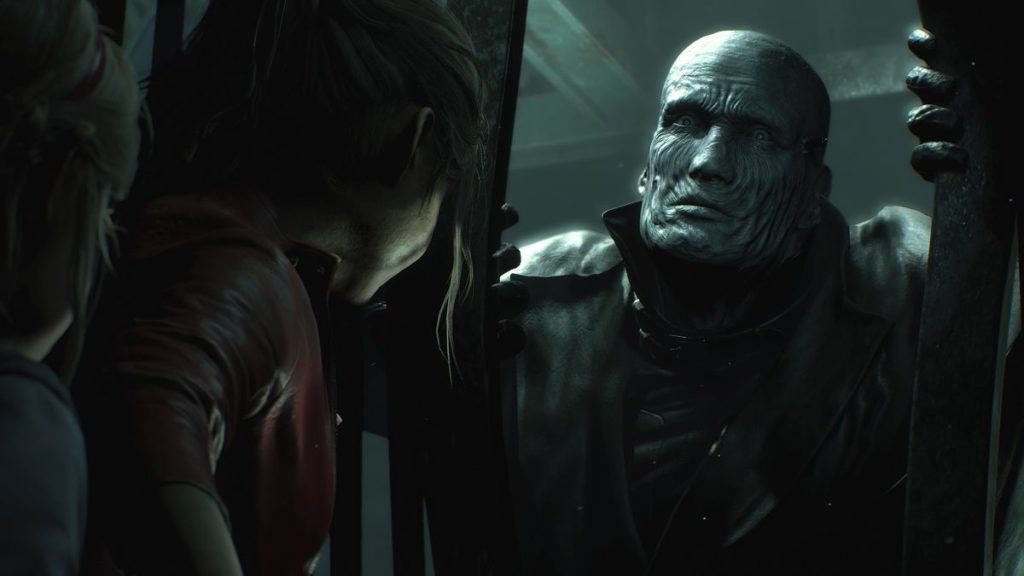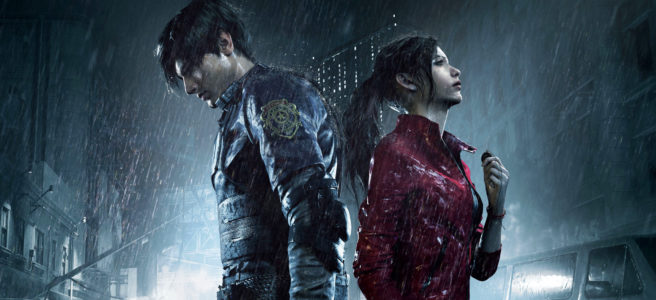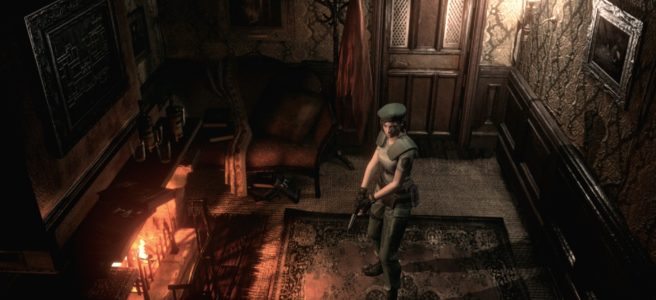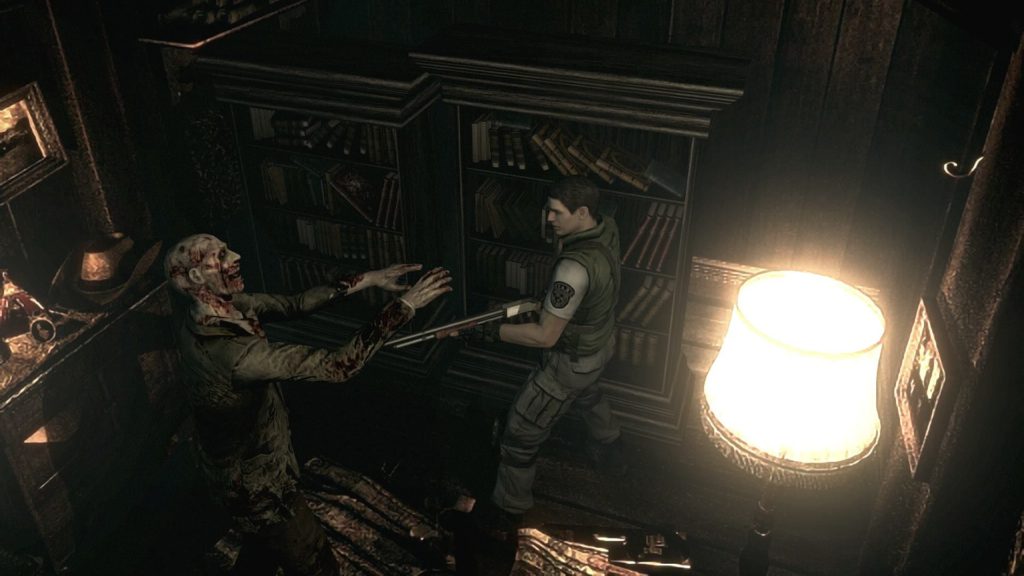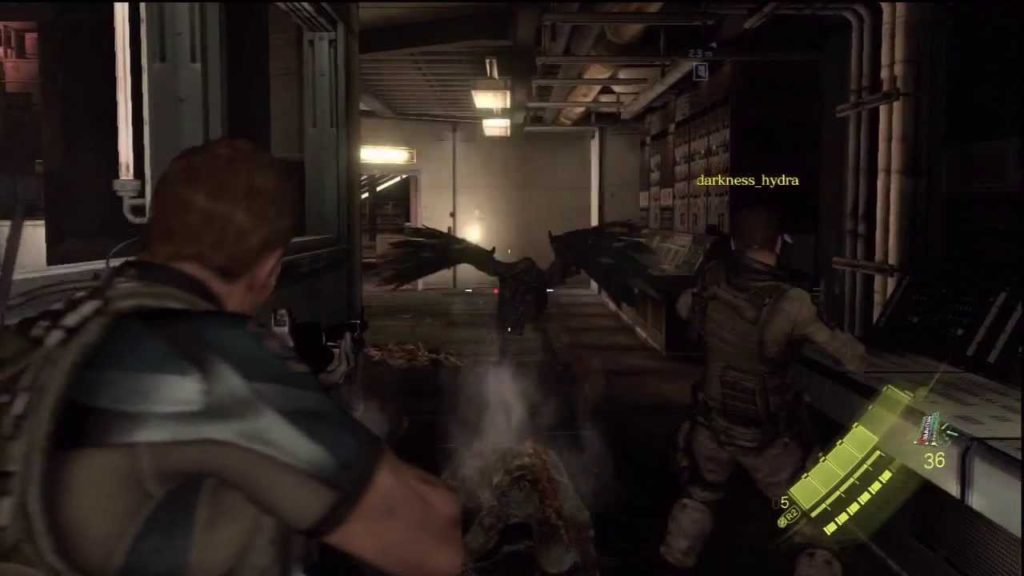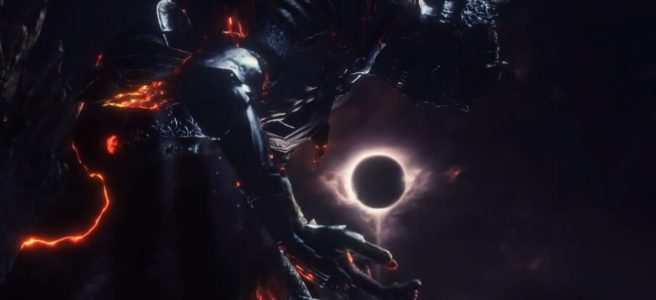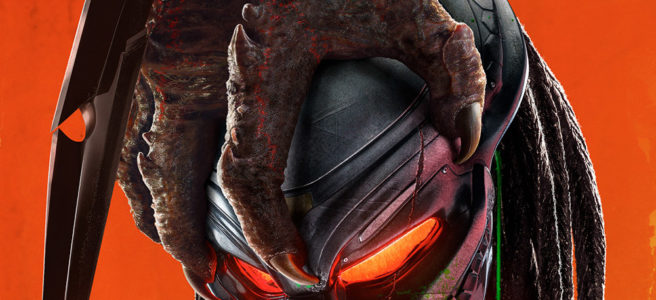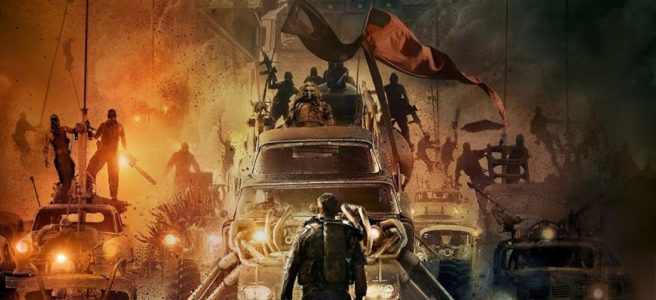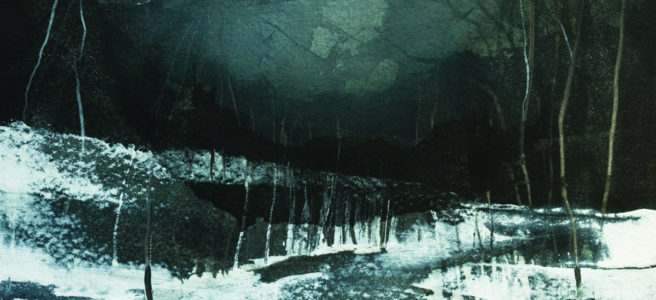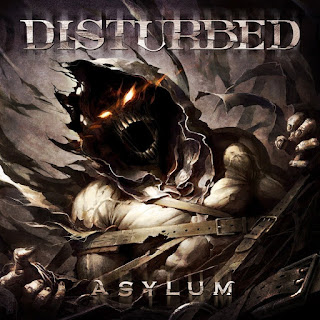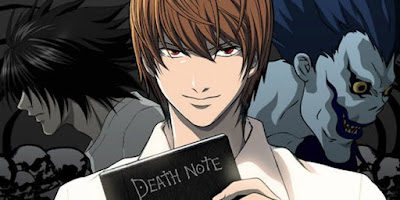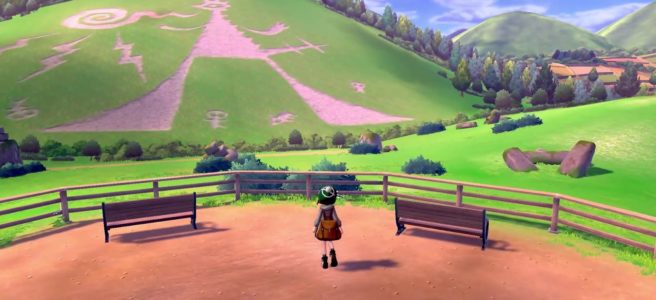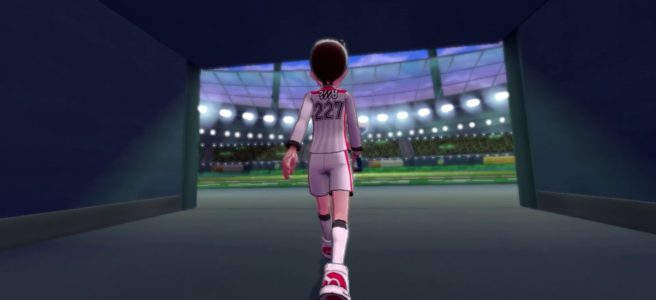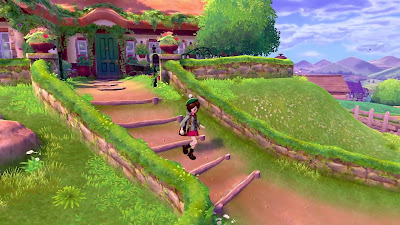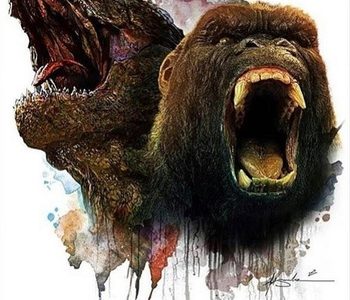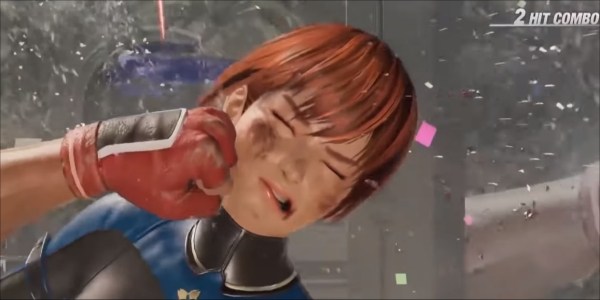In case I haven’t made it obvious yet, I love the Dark Souls franchise. I adore the challenging, clever and strategic gameplay, but just as important to me is the series’ lore. FromSoftware have crafted an incredible mythology for these games which, in my opinion, is the main reason why this franchise has had the longevity it enjoys, as it encourages players to dwell on their own theories and piece them together even when they’re not actively playing the game. FromSoftware have also baked in an intentional amount of ambiguity, meaning that every player is going to have their own interpretation of the world and events that occur within it. On that point, several months ago Jim Sterling put out a video about his interpretation of the politics in Dark Souls and, while I agree with his interpretation of the lore for the most part, I found it interesting that our ultimate conclusions on how to complete the story differ. I had kind of taken it for granted that my interpretation of how to proceed in Dark Souls and its sequels was “correct”, so it was intriguing to see other peoples’ takes on how one should proceed in the game. Upon further reflection, it occurred to me that the Dark Souls franchise provides a fantastic case study to explore the philosophy of ethics.

Before we go on, it’s worth establishing the basic lore of Dark Souls somewhat in case you’re not familiar. In the world of Dark Souls, there was first the Age of Ancients, where immortal dragons ruled the world and nothing really ever changed. Then, one day, fire and souls appeared and the greatest of these souls were claimed by those who would become the four lords – Gwyn the Lord of Sunlight, Nito the Lord of the Dead, the Witch of Izalith and the Furtive Pygmy, possessor of the titular Dark Soul. Gwyn, the most powerful of the lords, kindled the “first flame” and used its power to wage a war against the dragons. The downfall of the dragons ushered in the Age of Fire, with Gwyn as its ruler. However, during all this the Furtive Pygmy split the Dark Soul into fragments, a small piece of which was possessed by every human. The Pygmy knew that one day fire would fade and that this would usher in an Age of Dark, which humanity would now possess. Indeed, while Lord Gwyn’s reign was prosperous and saw the establishment of many powerful kingdoms, the first flame did begin to slowly fade, threatening to end his rule over the world. In desperation to prevent this end from occurring, the Witch of Izalith accidentally destroyed herself and her entire kingdom, turning them into demons, while Gwyn ultimately sacrificed his own life to the first flame to restore and prolong the Age of Fire.
The original Dark Souls picks up some time after Gwyn’s sacrifice, with the first flame fading once again. As the fire fades, humans have begun being afflicted with the “curse of the undead”, which causes humans to be unable to die, but they lose bits and pieces of their humanity and personality until they enter a zombie-like existence as a “hollow”. The player takes the role of one of these undead who is tasked with gathering souls to become powerful enough to acquire the four Lord Souls. The driving force behind the player’s actions is never quite clear – first, it’s a vague prophecy about an undead who will collect souls and end the curse of the undead. Then they are confronted by Gwyn’s daughter in Anor Londo, the city of light, and a serpent named Frampt who tell the player to collect the Lord Souls and use them to “link the fire”. Ultimately, the player then has to confront Gwyn in the Kiln of the First Flame, where they then are presented with the choice of linking the fire, an act which the player probably still doesn’t fully comprehend – which is what brings me to the point of this post. What should the player do at the end of Dark Souls?
There’s one more thing that we need to establish before we can answer that question. It’s worth mentioning that there is deception at foot in Dark Souls which many players will likely never even realize on a first playthrough (if ever). Anor Londo, the city of the gods, has been abandoned and darkened all this time and Gwynevere, who directs us on our quest, is an illusion. Furthermore, Frampt is not the only serpent out there, for there is another one named Kaathe who tells the player the “truth”, that Gwyn usurped the Age of Dark from humanity in order to extend the Age of Fire, a process which he says goes against the natural order of the world. Frampt has been coercing undead to relink the fire through deceptive means and if the undead he was shepherding understood what this meant, they might not be so keen to see it through. In contrast, Kaathe reveals that he’s looking for a “Dark Lord” who will rule humanity in this Age of Dark and is hoping that the player character will fulfill this role by slaying Gwyn and rejecting the fire.

Okay, now that we’ve got all of that out of the way, we can finally start looking at whether the player should link the fire or not. In his video, Jim Sterling talks about how he chooses to not link the fire because he likens it to real-world politics, where the gods are akin to the rich and humanity are akin to the oppressed working class who are exploited to give more power to the rich. In this reading, linking the fire is akin to holding up unequal power structures which are to your detriment. In that scenario, Jim chooses to not link the fire and to tear down the power of the gods in favour of humanity, which is a perfectly valid reading of this scenario. However, even being aware of this deception, I still choose to link the fire in Dark Souls because I believe that this is the most ethical ending.
There are several ethical philosophies that can be applied to try to determine what course of action is the most ethical to pursue. Paul Martin Lester lists and briefly explains six of them on his website: the golden rule, hedonism, the golden mean, the categorical imperative, utilitarianism and the veil of ignorance. For our purposes we will focus on utilitarianism for now, as it is the closest to conventional views of morality. According to the University of Texas’ “Ethics Unwrapped”, utilitarianism is a moral philosophy where “the most ethical choice is the one that will produce the greatest good for the greatest number [of people]”. You may look at this and wonder how linking the fire produces the greatest good for the greatest number of people, especially since we have already revealed that the prolonging of the Age of Fire benefits the gods, while humanity is meant to inherit the Age of Dark. However, there is a key factor worth considering here – when he established the Age of Fire, Gwyn linked humanity’s souls to the first flame, thus bringing about the curse of the undead and hollowed states. The undead may actually be intended to be humanity’s natural state in an Age of Dark, but the Age of Fire has made it into an awful state of being which collapses societies and tears away the self. We see this many times over the course of the games, as colourful characters such as Solaire of Astora, Siegward of Catarina, Lucatiel of Mirrah and the crestfallen knight slowly lose themselves to hollowing, a condition that becomes more and more prevalent in society as the fire fades. As a result, the longer that the fire is allowed to fade, the more disruptive the curse of the undead is going to be for the lives of humans everywhere and the more people who are going to lose their humanity. When viewed this way, linking the fire is clearly going to cause the least disruption to the lives of the people, especially if it is done sooner rather than later.
The whole Frampt vs Kaathe debate is also worth a second look when deciding whether to link the fire. At first glance, most players who encounter Kaathe are going to assume that he’s he one telling the truth about the world and the player’s situation and therefore has your best interests in mind when he tells you not to link the fire. However, it’s worth noting that Kaathe is a foil to Frampt and that both of the primordial serpents are kingseekers – Frampt wants to find a successor to Gwyn to link the fire, whereas Kaathe wants to crown a “dark lord” to usurp Gwyn’s throne. As the player, that works fantastically for you, since you spend the whole game collecting souls and becoming (likely) the most powerful being in this world. However, is having one powerful overlord really the best option for humanity in the end, or is it better for humanity if one powerful individual is sacrificed instead to keep their way of life intact? Are we better off with another Gwyn-like figure ruling this Age of Dark, only more powerful since he or she has absorbed all of the lord souls? We, of course, don’t really have an answer to this question, but it’s worth keeping in mind when appraising the situation – we can’t assume that Kaathe has the best interests of humanity in mind and, while it’s great for us as the player that we could be the most powerful being in the world, it may not be the best situation for everyone else. As a result, Frampt’s deception is likely warranted, as a being strong enough to link the fire is extremely unlikely to do so willingly. We actually see this play out several times in Dark Souls III, where the truth of the linking of the fire has become common knowledge and the man tasked to link the fire rejects his calling. Not only that, but three of the four resurrected Lords of Cinder who have already linked the fire once before reject the call and refuse to go through with linking a second time (not to mention that Aldrich was forced to link the fire the first time and Ludleth of Courland vividly recounts the pain involved in the experience, so there’s little wonder why they don’t volunteer to go through with it again). One can easily see how this deception would be necessary to convince the most powerful being in the realm to unwittingly volunteer to give up their power (and life) to link the fire.

Since the Age of Dark is supposed to be the time of humanity, wouldn’t that inevitably be the best for humans though? This is, unfortunately, an answer that we simply don’t know based on the lore that From Software have given us. This is, as “Ethics Unwrapped” puts it, a drawback of utilitarianism: “because we cannot predict the future, it’s difficult to know with certainty whether the consequences of our actions will be good or bad.” In the Dark Souls franchise, we simply do not know what an Age of Dark is actually like. The closest we get is the Untended Graves in Dark Souls III, which seem to portray a dim future in which an Age of Dark has fallen (although this is definitely debatable). Since we can’t even conclusively look to the Untended Graves for an Age of Dark, we only really have the Abyss to go off of. The Abyss is a place in Dark Souls which seems to have some connection to the true nature of the Dark Soul and humanity. The Abyss spreads across lands and swallows them up. The Abyss is so corrupting and dangerous that we know of three entire kingdoms (Oolacile, New Londo and Carthus) who have succumbed to it have to be destroyed and contained to stop its spread. It’s worth noting that Kaathe is heavily implied to have been behind the spreading of The Abyss in Oolacile and New Londo, further suggesting that it plays some sort of role in his quest for a dark lord. The results aren’t pretty though – the people who come into contact with The Abyss all go mad and/or have their bodies twisted into monstrous forms. As one goes deeper into The Abyss, they find numerous mysterious, incorporeal phantoms which are clearly meant to symbolize humanity. Whether these are the souls of the people who have been swallowed up by The Abyss or a more base form of humanity is up for interpretation, but all that is certain is that they drain the player’s life force on contact. It’s also worth noting that, in the original Dark Souls‘ DLC, The Abyss seems to stem from the unrestrained desires of Manus, thought by some to be the Furtive Pygmy himself and perhaps Kaathe’s original candidate for dark lord. This lends further credence to the idea that the dark lord is just the most powerful being of their age, one who can shape people and the world around them with their overwhelming dominance. There is so much ambiguity about The Abyss and the Age of Dark though that it’s hard to make a concrete judgment call on them. Is everyone living a terrible existence, but humans are living the least-terrible existence of them all? Is life as a humanity phantom or a maddened, misshapen monster really all that bad? I can’t say that The Abyss is bad with absolute certainty, but it is clear that to bring about an Age of Dark would change our fundamental understanding of human life. In my opinion, the risks are not worth it, especially since we know that life in the Age of Fire is perfectly fine for humans.
That’s the situation in the original Dark Souls, but what about Dark Souls II? Should the player ascend the Throne of Want, or turn their back on it? There are a couple new elements introduced in this game which are worth taking into consideration. First, the concept of cycles is introduced. Dark Souls II reveals that there is a constant back-and-forth of ages of fire and dark. As a result, we discover that even if you did embrace an Age of Dark in the original game’s ending, the fire returns eventually and all of this will have played out again. Considering that the curse of the undead still persists, this would suggest that humanity is still linked to the fire and that these cycles of the Age of Dark aren’t even beneficial for humans, further giving fuel to the idea that linking the fire is the safest choice. In Dark Souls II, Aldia calls the linking of humanity to the first flame “the first sin” and says it has corrupted the natural order of the world – however, until humanity can be unlinked from the fire, it is unavoidable. However, just because something is natural, that doesn’t mean it is therefore the right or best option and Aldia knows it, as he rages in search of a solution to this problem.

The other variable worth taking into consideration in Dark Souls II is the theme of kings and their queens of Dark. Dark Souls II reveals that the defeat of Manus split his soul into fragments which became four granddaughters. These granddaughters would seek out kings, the most powerful people in the land, and seek to corrupt them and eventually take the first flame for themselves. Unfortunately for them, their corrupting influence would eventually be the downfall of each kingdom before their efforts could come to fruition, leaving only ruins or kingdoms in decline. Interestingly enough, by taking the crowns of each of the lords, you can actually stave off the effects of hollowing – it doesn’t cure or end the curse, but it is a way to freeze it in place and effectively become a god of the Light and the Dark. In Dark Souls II, your ultimate goal is to take the kingdom of Drangleic for yourself and Queen Nashandra is your final opponent. In this game, it is explicitly the Dark which is manipulating you, as Nashandra is waiting for you to be powerful enough to take the throne before swooping in to take it for herself.
So, with Nashandra defeated, do you then sit on the throne and therefore link the fire? The answer feels simpler, yet more ambiguous than it did in the first game. The Throne of Want is analogous to the First Flame, but the exact effects of sitting on it are uncertain – unlike Dark Souls where you become human kindling, in Dark Souls II the ending implies that you’ll establish your own kingdom. Or, if you choose to forgo the Throne of Want, you’ll allow an Age of Dark to take hold once again. Considering the journey of this game, the ending where you take the throne is far more satisfying. I’d also argue that, since humanity is still linked to the fire, taking the throne is the best option in order to stave off the curse of the undead once more.

Finally, we have Dark Souls III, where things have taken an interesting turn. In this game, the fire has been linked so many times that each successive linking has produced a shorter and shorter Age of Fire, and now the fire itself is nearly spent. It’s gotten to the point where the heir meant to link the fire refuses, figures who have previously linked the fire are resurrected and also refuse to link it again, and so people who failed to link the fire before are resurrected to try to get them to link it. The situation is so bad that space and time itself has become reshaped and distorted, desperately trying to bring about the linking of the fire that has become so fundamental to existence. Dark Souls III has several possible endings, but once again the “right” ending seems much clearer than in the first game. However, the variety of endings allow us to explore some of the other ethical philosophies in more detail.
There’s only one ending which allows the player to link the fire, but the flame has become so feeble that it merely dances along their arms, instead of becoming a surging conflagration like in the first game. It’s clear that the fire’s power has faded almost entirely and that this act of linking at this point it is functionally pointless. However, this ending could be viewed as the “categorical imperative” ending. In the ethical philosophy of the categorical imperative, once something has been established as “right”, it should always be done and there are no excuses not to not perform this action. Since the linking the fire has long been established as the “right” thing to do, it should be linked regardless of the long-term benefits (after all, have we not been looking down on Prince Lothric all this time for not linking the fire to begin with?). However, I personally find this ethical philosophy far too restrictive and inadequate. From a utilitarian perspective, since the fire is spent the curse is already wracking humanity, and the world itself has twisted to try to relight the flame – it’s clear that the time to link the fire has past and that embracing the Age of Dark is the only option left to us (in fact, considering that the Age of Fire was becoming shorter and the curse of the undead more frequent, the most ethical thing to do would probably have been to embrace it sooner than this). So, what options does the game give us to bring this about?
In the normal ending, the player summons the fire keeper to snuff out the first flame. She reveals that although an Age of Dark is now settling, eventually fire will come again anew. Perhaps this will be a new flame, no longer linked to humanity. This seems to me like it is the most ethical of the endings from a utilitarian perspective, since it severs humanity’s ties to the first flame and allows the Age of Dark to finally settle in on its own merits. It also gets around the problem we had in the original Dark Souls of one extremely powerful being dictating the flow of this age – a new Gwyn, using their power to extend the Age of Dark in the same manner that the Age of Fire has been unnaturally extended. This ending could also be seen as the “golden mean” ending. The golden mean ethical philosophy posits that the most ethical approach is to find a middle ground between two extremes (in this case, linking the fire and becoming the Dark Lord). Since you have chosen to not link the fire, but have not become the new lord of the Age of Dark, this ending strikes about as close to a middle ground as possible. The fact that this ending satisfies two different ethical philosophies is just further evidence that it’s probably the best outcome for this world.
There’s also a secret ending where, just before the fire keeper snuffs out the fire, the player betrays her and steals the last of the flame in the final seconds. It’s the kind of ending you take if you’re roleplaying a complete bastard who is collecting souls, any soul, to empower themselves at the expense of everyone else. One could view this as a particularly nasty “hedonism” ending. In ethical philosophy, hedonism posits that the most moral thing to do is to maximize pleasure while you can, because you don’t know what tomorrow may bring. In the dark and brutish world of Dark Souls, your character has been slaying people and collecting their souls to empower themselves all game and with your journey at its end, there really isn’t any reason not to just collect one more soul from this viewpoint. That said, obviously, viewed from any other ethical philosophy (not to mention conventional morality), this is by far the most unethical ending in the game.

Perhaps the most interesting ending involves completing a quest for the Sable Church of Londor, a coven of undead. During the course of gameplay, you can discover that the Sable Church are dedicated to fulfilling the legacy of Kaathe and want you to become the Dark Lord. Knowing this, it is perhaps unsurprising that if you choose this ending then you absorb the remaining power of the first flame into yourself and bring about an Age of Dark with yourself as its appointed Dark Lord. However, the ethics of this ending are dubious – not only do you have to marry and then kill Anri of Astora to bring it about, but the ultimate implications of this ending are left up to the player to interpret. As a result, this ending could be categorized as hedonistic or utilitarian, depending on how you imagine your rule as Dark Lord will play out. Interestingly enough, the eclipsed sun which has been in the sky throughout the late game turns into a pale, dark eclipse upon your ascension to Dark Lord, perhaps signifying that you have indeed become the Dark foil to Gwyn and your legacy may mirror his. Knowing this, allowing the fire keeper to snuff out the flame is probably the most conventionally-ethical option since it keeps the most people on an even footing, but the Dark Lord ending is the most interesting in my opinion.
Considering how much interpretation is involved in Dark Souls, a clear “ideal” solution is almost impossible to declare definitively. A Dark Lord ending may indeed be the best possible ending if you decide that your character will rule benevolently and not make the same mistakes as Gwyn. Similarly, not linking the fire may be best if you believe that it will end the cure of the undead – again, we just don’t know and it’s up to your interpretation of that ending to decide. This interpretation and debating over the lore and its implications is a major factor in Dark Souls‘ enduring popularity – as I said in my Love/Hate article on the series, the original game has been eclipsed in terms of performance, gameplay and challenge, but the world it has created is damn-near unparalleled and makes this game still stand out to this day.
